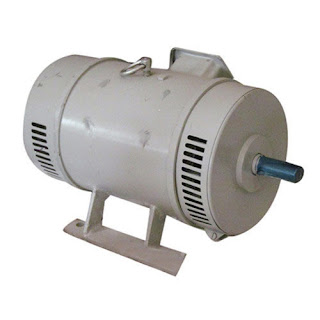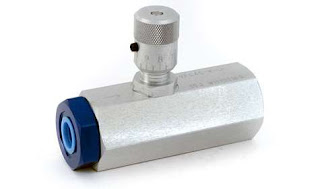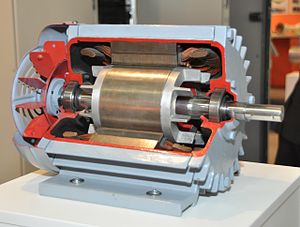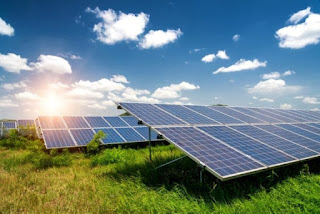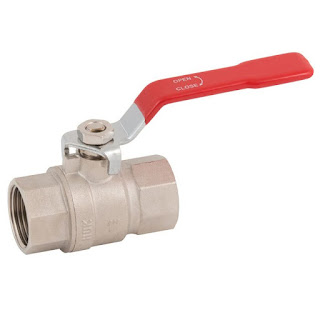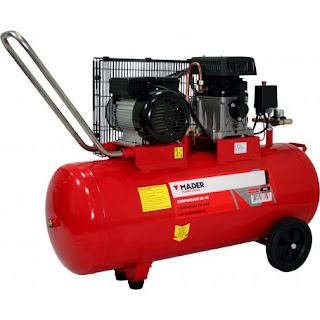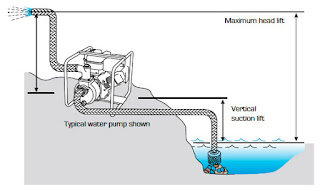Review and introduction of different parts of control valves
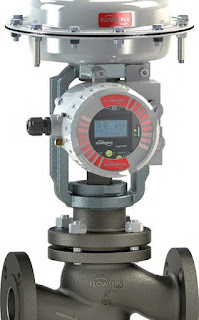
Control valves are one of the applications in home and industrial applications. We have talked about it in previous articles. In this article, in addition to an overview of its use, we want to introduce Control Valve Parts . Stay with us. What is Control Valve? A control valve is a valve used to control fluid flow by varying the size of the flow passage as directed by a signal from a controller.This enables the direct control of flow rate and the consequential control of process quantities such as pressure, temperature, and liquid level. In automatic control terminology, a control valve is termed a "final control element". Bad fuel can cause key engine parts, such as the injection control unit, fuel pressure control valve, fuel oil pump or cylinder liners and piston rings to go from new to unusable in no time. Read more The main purposes of control valves: Relieving the system from specific pressures Controlling the flow direction Increasing or decrease the flow Parts of co

